Professional Courses
Industry-relevant training in Business, Technology, and Design
Categories
Interactive Games
Fun games to boost memory, math, typing, and English skills
Typing
Memory
Math
English Adventures
Knowledge
Minimum Percentile Required for JEE Advanced Eligibility
Minimum Percentile Required for JEE Advanced Eligibility

If you are dreaming of studying at the prestigious IITs, the very first milestone you need to cross is securing eligibility for JEE Advanced. But not every JEE Main candidate can directly appear for JEE Advanced. Only a specific group of students, based on percentile and rank, qualify to sit for the exam. This makes it important to understand the minimum percentile required for JEE Advanced eligibility.
In this detailed guide, we will break down what percentile you need, how it is calculated, the category-wise cutoff trends, and the exact eligibility rules so that you can plan your preparation with confidence.
Why Does Percentile Matter in JEE Advanced Eligibility?
The Joint Entrance Examination (JEE) is conducted in two stages. JEE Main is the qualifying exam for JEE Advanced. Since lakhs of students appear for JEE Main each year, percentile score is used to decide who moves forward.
Percentile is not just your marks but a statistical measure of how you performed compared to other students. For example, if you score the 95th percentile, it means you performed better than 95% of the students who appeared.
The cutoff percentile ensures that only the top performers across different categories are eligible for JEE Advanced. This maintains fairness and ensures that IIT aspirants are selected from the most competitive pool.
JEE Advanced At a Glance
- Full Form: Joint Entrance Examination Advanced
- Conducting Authority: One of the IITs on a rotational basis under the Joint Admission Board (JAB)
- Purpose: Entrance test for admission to IITs and some other top institutes
- Eligibility: Top 2.5 lakh JEE Main qualifiers, with category-wise cutoffs
- Mode of Exam: Computer-based test (CBT)
- Frequency: Once a year, usually in May/June
- Duration: Two papers of 3 hours each (both compulsory)
- Subjects Covered: Physics, Chemistry, Mathematics
- Language: English and Hindi
- Marking Scheme: Varies (includes full, partial, and negative marking)
- Difficulty Level: Considered one of the toughest entrance exams in the world
- Admission Scope: IITs, IISc, and some other centrally funded institutions
The General Rule for JEE Advanced Eligibility
To be eligible for JEE Advanced, you must be among the top 2,50,000 candidates across all categories in JEE Main. However, this does not mean a fixed percentile every year. Instead, it depends on how students perform in that particular session.
Still, based on trends from past years, we can estimate the minimum percentile required for JEE Advanced eligibility:
- General Category: Around 88–90 percentile
- EWS Category: Around 78–80 percentile
- OBC-NCL Category: Around 75–78 percentile
- SC Category: Around 55–60 percentile
- ST Category: Around 45–50 percentile
These numbers vary slightly each year depending on exam difficulty and the number of candidates.
Category-Wise Seat Distribution
The top 2,50,000 students who qualify are not taken only from the general category. Instead, the seats are distributed across categories based on reservation policies. The approximate distribution is:
- General Category: 40.5% (including GEN-EWS)
- OBC-NCL: 27%
- SC: 15%
- ST: 7.5%
- PwD (across categories): 5%
This is why the cutoff percentile is lower for reserved categories, but the number of students qualifying is balanced across groups.
Previous Year Percentile Trends
Looking at past data helps in predicting the minimum percentile required for eligibility.
2023 JEE Main Cutoff Percentile for JEE Advanced Eligibility
- General: 90.77
- EWS: 75.62
- OBC-NCL: 73.61
- SC: 51.97
- ST: 37.23
2022 JEE Main Cutoff Percentile for JEE Advanced Eligibility
- General: 88.41
- EWS: 63.11
- OBC-NCL: 67.00
- SC: 43.08
- ST: 26.77
These numbers show that the general cutoff percentile usually stays around 88–91, while for reserved categories it is significantly lower.
Understanding Percentile vs Rank
It’s important to remember that percentile is not the same as rank. Two students with similar marks can have different percentiles if they appeared in different sessions.
The National Testing Agency (NTA) normalizes scores across all sessions of JEE Main. That’s why percentile is used instead of raw marks. Once percentiles are calculated, the final merit list determines the top 2,50,000 students eligible for JEE Advanced.
For example, a student with 90 percentile in JEE Main may or may not qualify depending on that year’s cutoff and normalization process. That’s why aiming a bit higher than the minimum required percentile is always safer.
Other Important Eligibility Conditions
Percentile is not the only factor. To appear for JEE Advanced, you must also meet the following rules:
- Age Limit: You should have been born on or after October 1, 2000. Relaxation of 5 years is given to SC, ST, and PwD candidates.
- Number of Attempts: A candidate can attempt JEE Advanced a maximum of two times in consecutive years.
- Qualifying Exam: You must have passed Class 12 or equivalent in the previous year or the same year as the JEE Advanced attempt.
- IIT Admission Rule: If you have already been admitted to an IIT in the past, you cannot appear again, even if you did not continue the course.
This means that even if you secure the required percentile, you must satisfy all these conditions to be finally eligible.
Strategy to Secure Eligibility Percentile
If your dream is to crack JEE Advanced, your first target should be securing a safe percentile in JEE Main. Here are some tips:
- Aim Higher Than the Minimum: If the general cutoff is around 90 percentile, target at least 95 percentile. This keeps you on the safer side.
- Focus on NTA’s Normalization: Since percentiles are normalized across sessions, make sure to perform consistently in mock tests and avoid depending on a single good attempt.
- Revise NCERT Thoroughly: Especially for Chemistry, NCERT is the base book for scoring well in JEE Main.
- Practice Previous Year Papers: This gives you an idea of exam difficulty and improves speed and accuracy.
- Strengthen Weak Areas: Focus on topics that you find difficult because JEE Main covers almost the entire syllabus.
Real-Life Example
Take the case of Rohan, a student aiming for IIT Bombay. In his first JEE Main attempt, he scored 87 percentile, which was just below the general cutoff that year. Learning from his mistakes, he worked on his weak areas in Physics and improved his percentile to 94 in the April session. This made him eligible for JEE Advanced, and he eventually secured a seat in IIT through hard work and consistency.
This shows how even a small improvement in percentile can open the doors to JEE Advanced.
How to Stay Updated on Cutoffs
Since cutoffs vary each year, it is important to stay updated with official announcements. After every JEE Main session, NTA releases the cutoff percentile for eligibility. Make sure you check this from trusted sources only.
Students preparing through platforms like AllRounder.ai can also track percentile requirements, practice with real exam-like mock tests, and receive updates about eligibility rules.
Frequently Asked Questions
-
Is JEE Advanced tougher than JEE Main? Yes, JEE Advanced is tougher, both in terms of question complexity and competition level.
-
How many attempts are allowed for JEE Advanced? Students can attempt JEE Advanced a maximum of two times, in two consecutive years.
-
How many students qualify for JEE Advanced? About 2.5 lakh top rankers from JEE Main are eligible each year.
-
Is JEE Advanced computer-based? Yes, the exam is conducted entirely online.
-
How many marks are needed to clear JEE Advanced? This varies each year depending on cutoff trends, but typically qualifying marks are lower than JEE Main due to the tougher nature of the exam.
Final Thoughts
The minimum percentile required for JEE Advanced eligibility is not fixed. It changes every year based on exam performance, difficulty, and normalization process. However, aiming for at least 90 percentile if you are from the general category and 70 percentile if you are from reserved categories is a safe strategy.
Remember, clearing JEE Main with the required percentile is just the first step. JEE Advanced is much tougher and requires deeper preparation. But with the right planning, consistency, and practice, you can cross this first milestone and move closer to your IIT dream.
For structured preparation, you can explore AllRounder.ai Courses for Class 11 and Class 12 as well as interactive learning on AllRounder.ai Games.
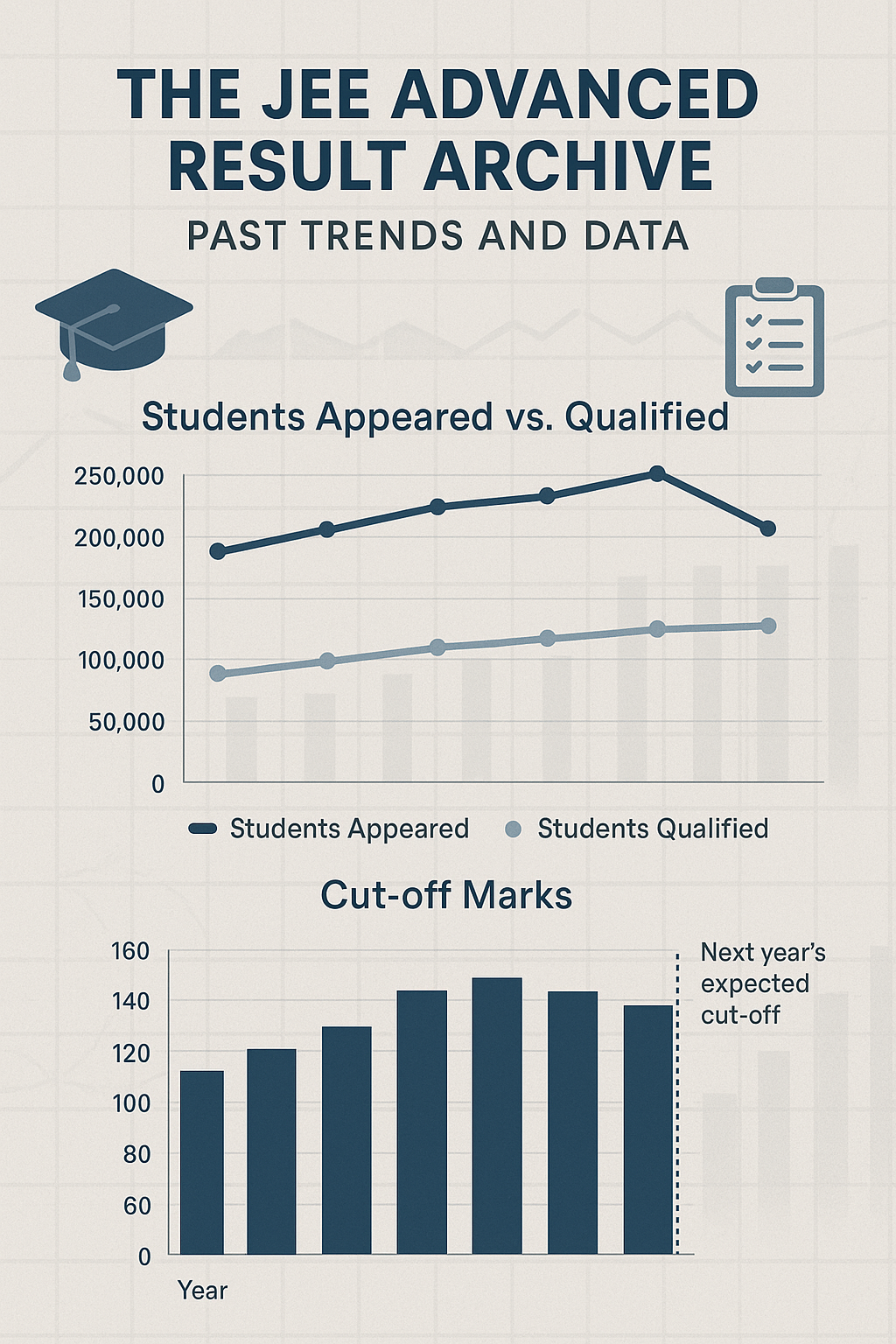
Explore the JEE Advanced Result Archive with past years’ data, insights on students appeared vs qualified, cut-off...

Got your JEE Advanced result? Here’s the complete step-by-step guide to the JoSAA counselling process from...
.jpg?width=500)
How many seats in JEE Advanced? Explore IIT seat distribution across all branches like CSE, Mechanical, Aerospace,...
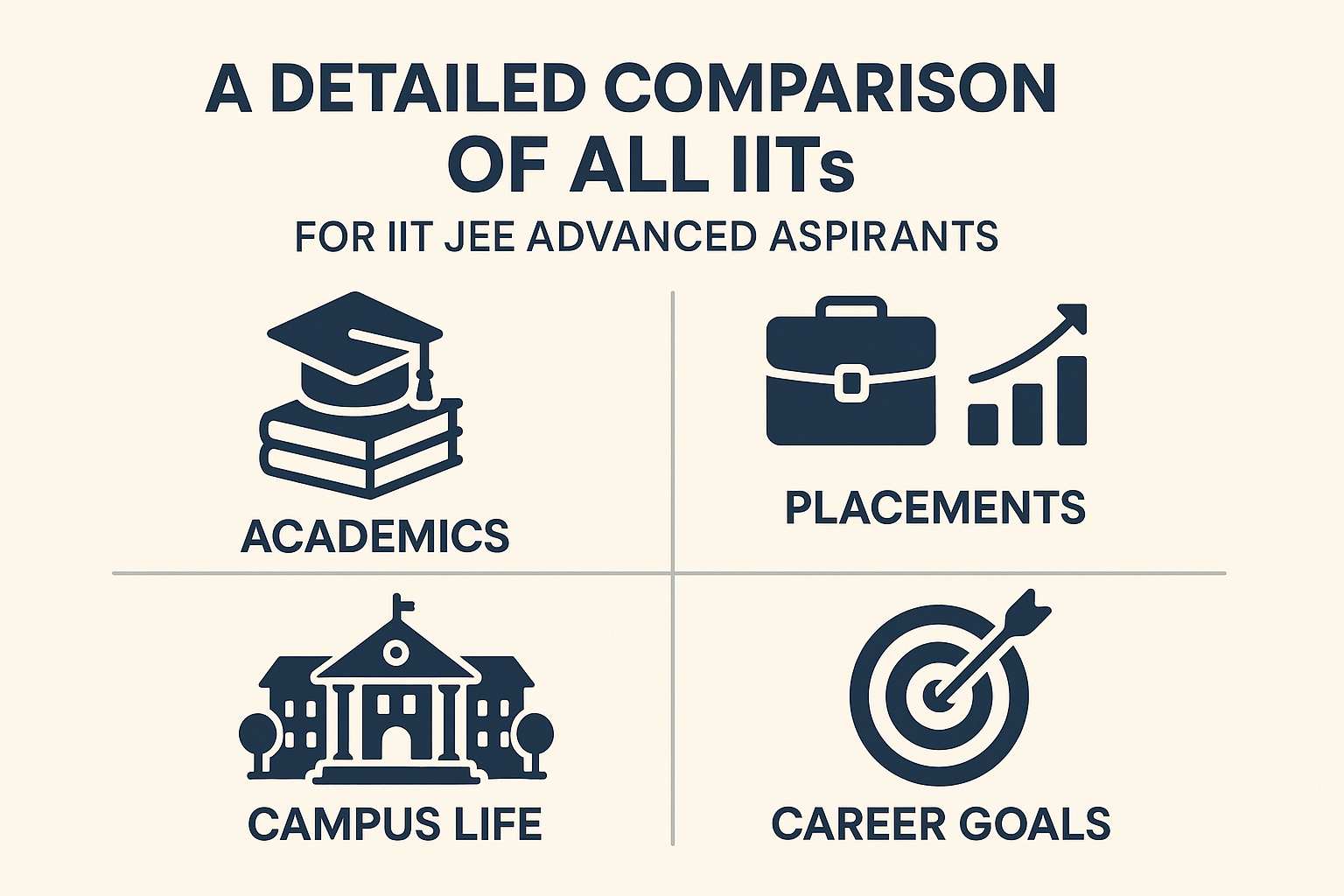
Compare all IITs for JEE Advanced aspirants. Learn about academics, placements, campus life, and find which IIT is...
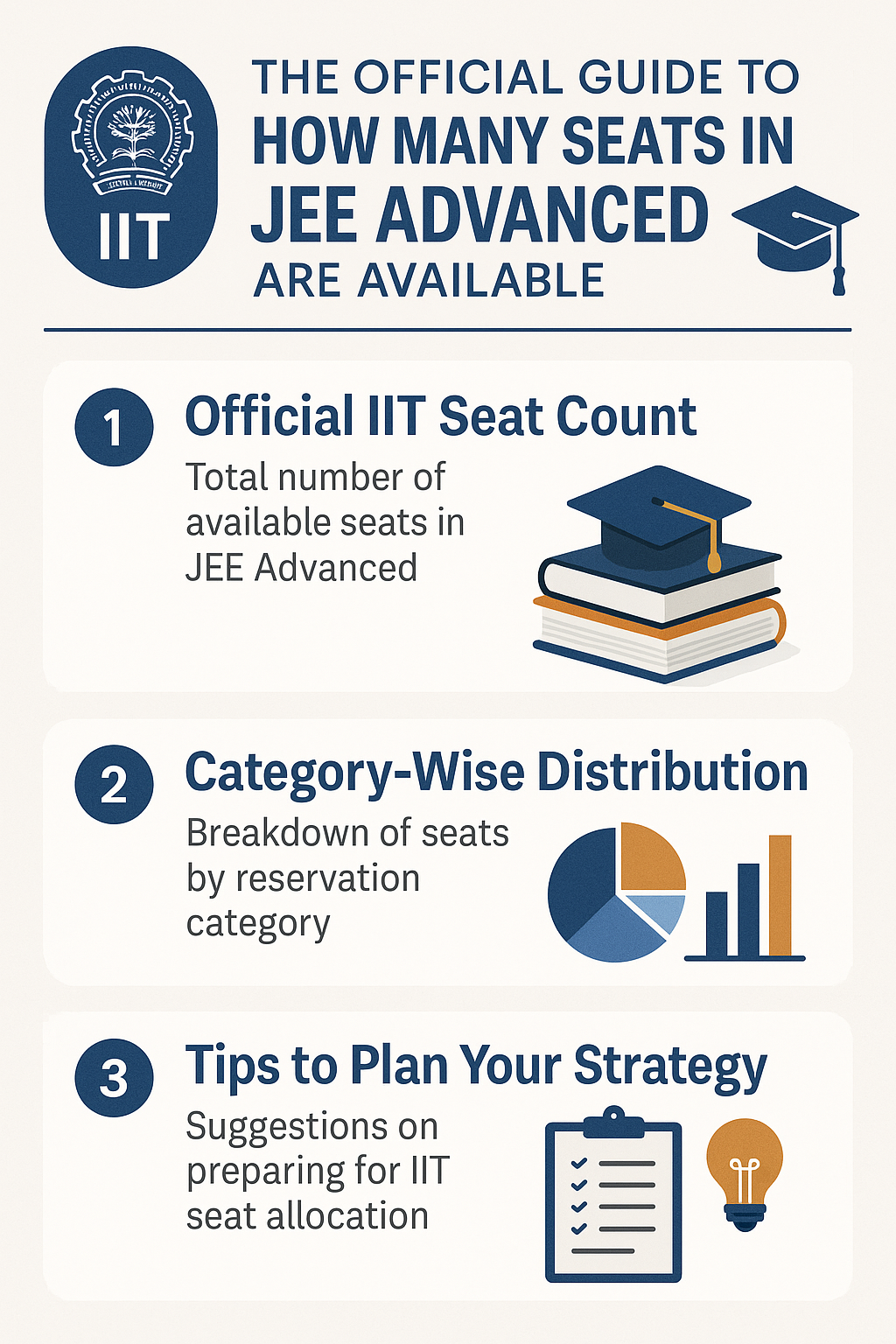
Wondering how many seats in JEE Advanced are available? Get the official IIT seat count, category-wise distribution,...
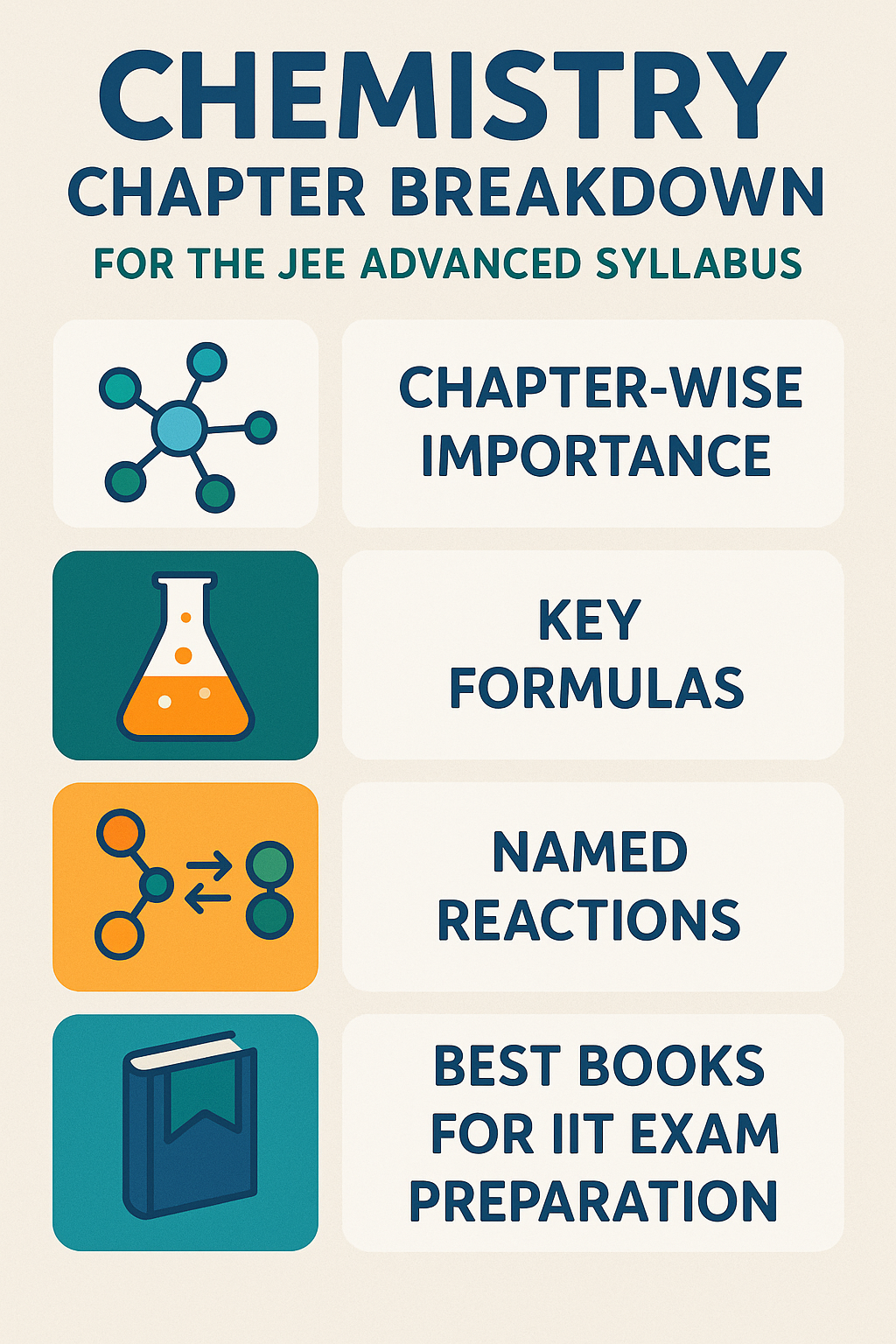
Explore the Chemistry JEE Advanced syllabus with chapter-wise importance, key formulas, named reactions, and the...
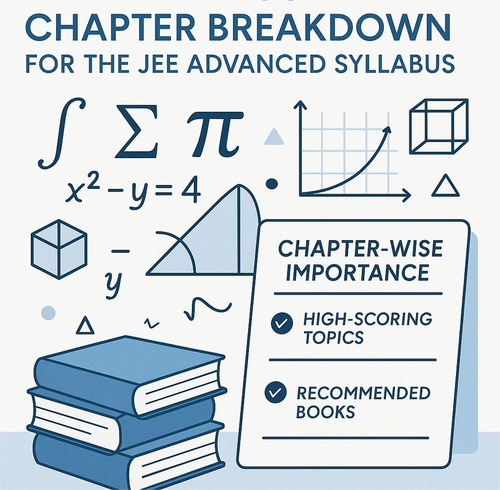
Explore the Maths JEE Advanced syllabus with chapter-wise importance, high-scoring topics, and the best books to...
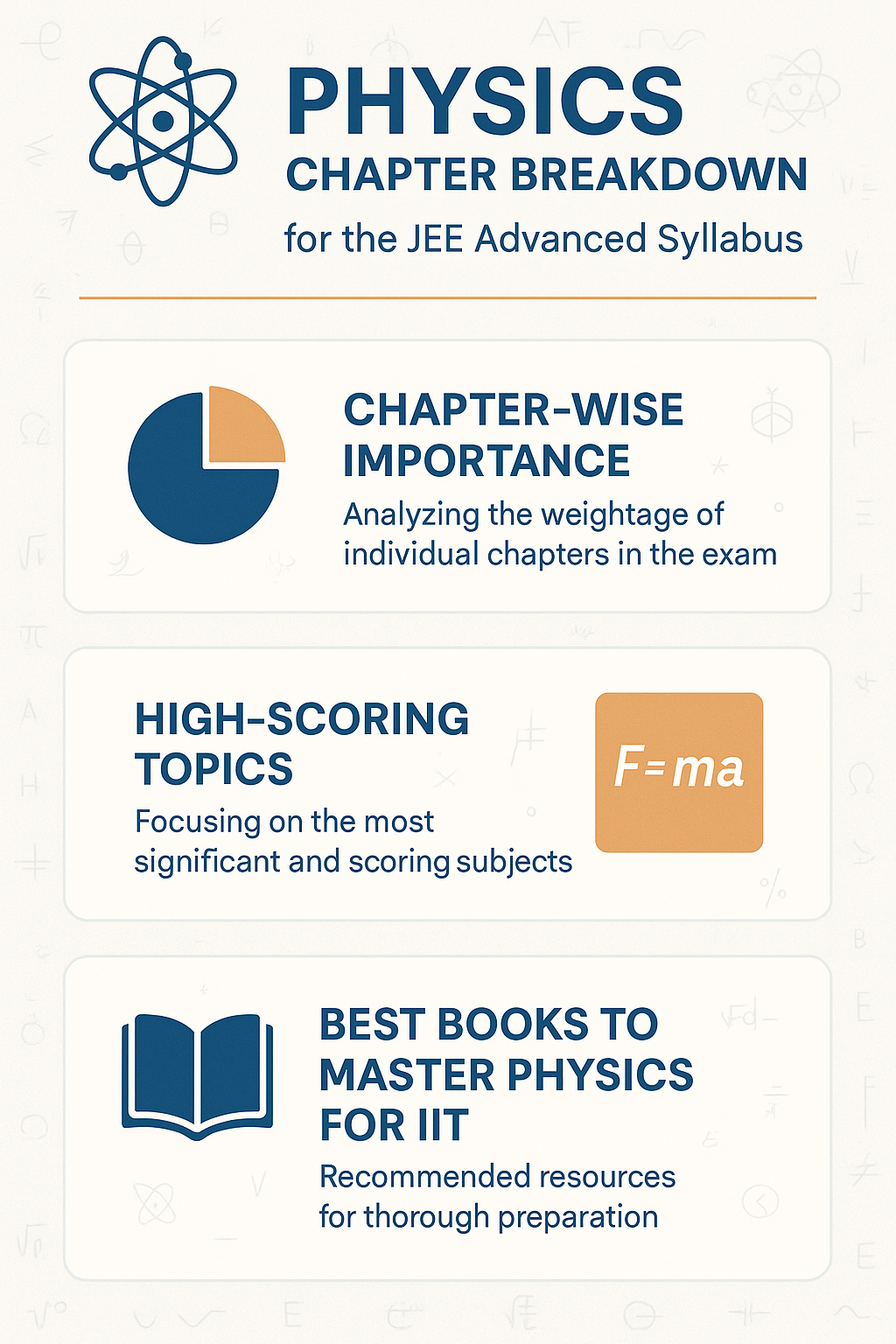
Explore the Physics portion of the JEE Advanced syllabus. Get chapter-wise importance, high-scoring topics, and the...

Learn the complete JEE Advanced registration process. Check eligibility, required documents, fees, and step-by-step...
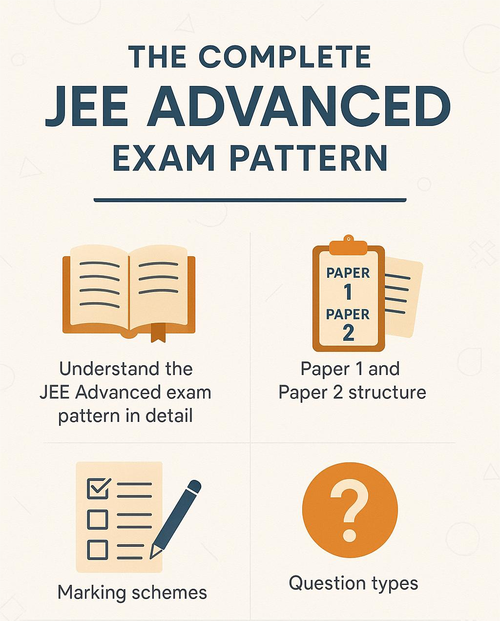
Understand the JEE Advanced exam pattern in detail. Learn about Paper 1 and Paper 2 structure, marking schemes,...

Find out the minimum percentile required for JEE Advanced eligibility. Learn category-wise cutoff trends, rules, and...
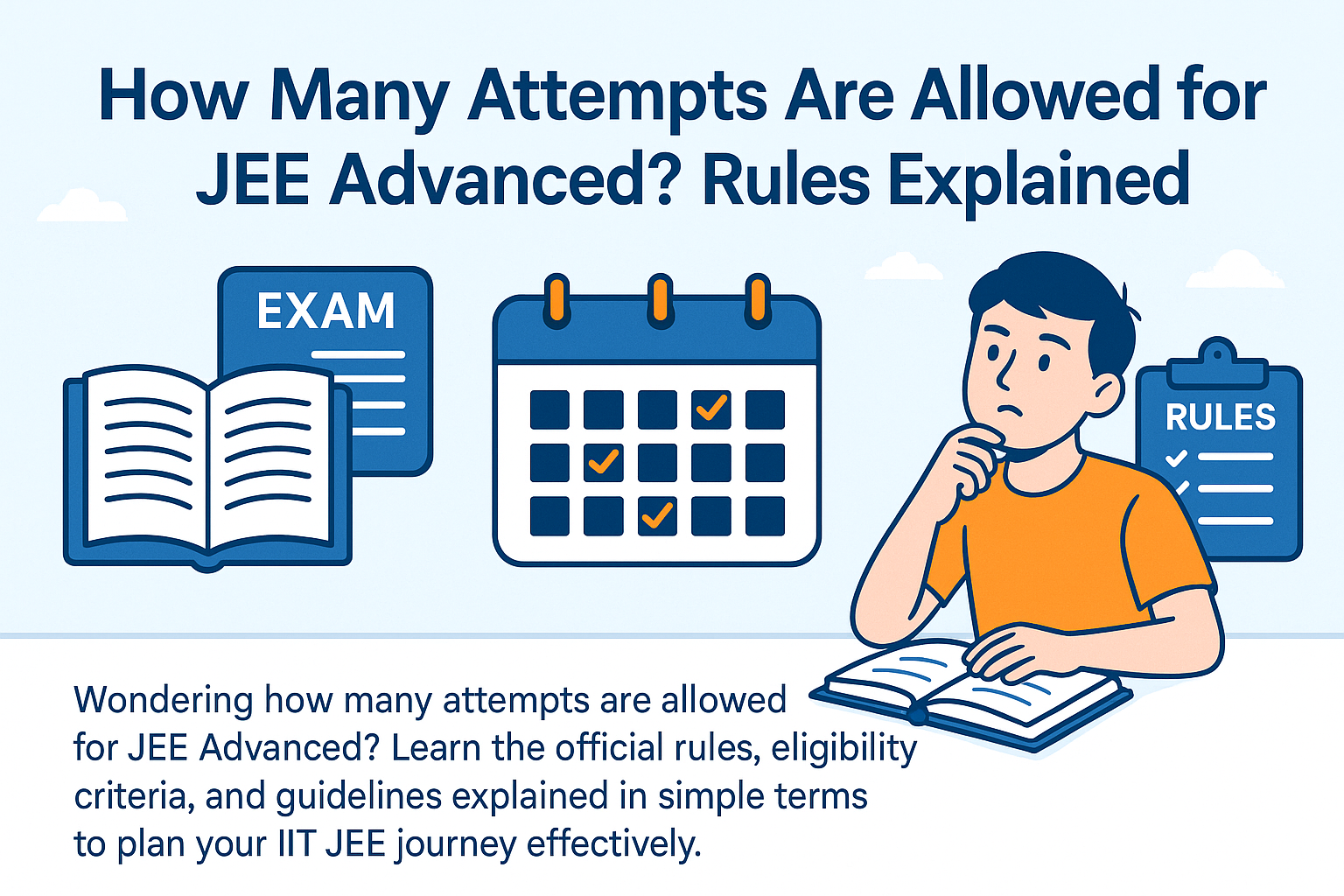
Wondering how many attempts are allowed for JEE Advanced? Learn the official rules, eligibility criteria, and...
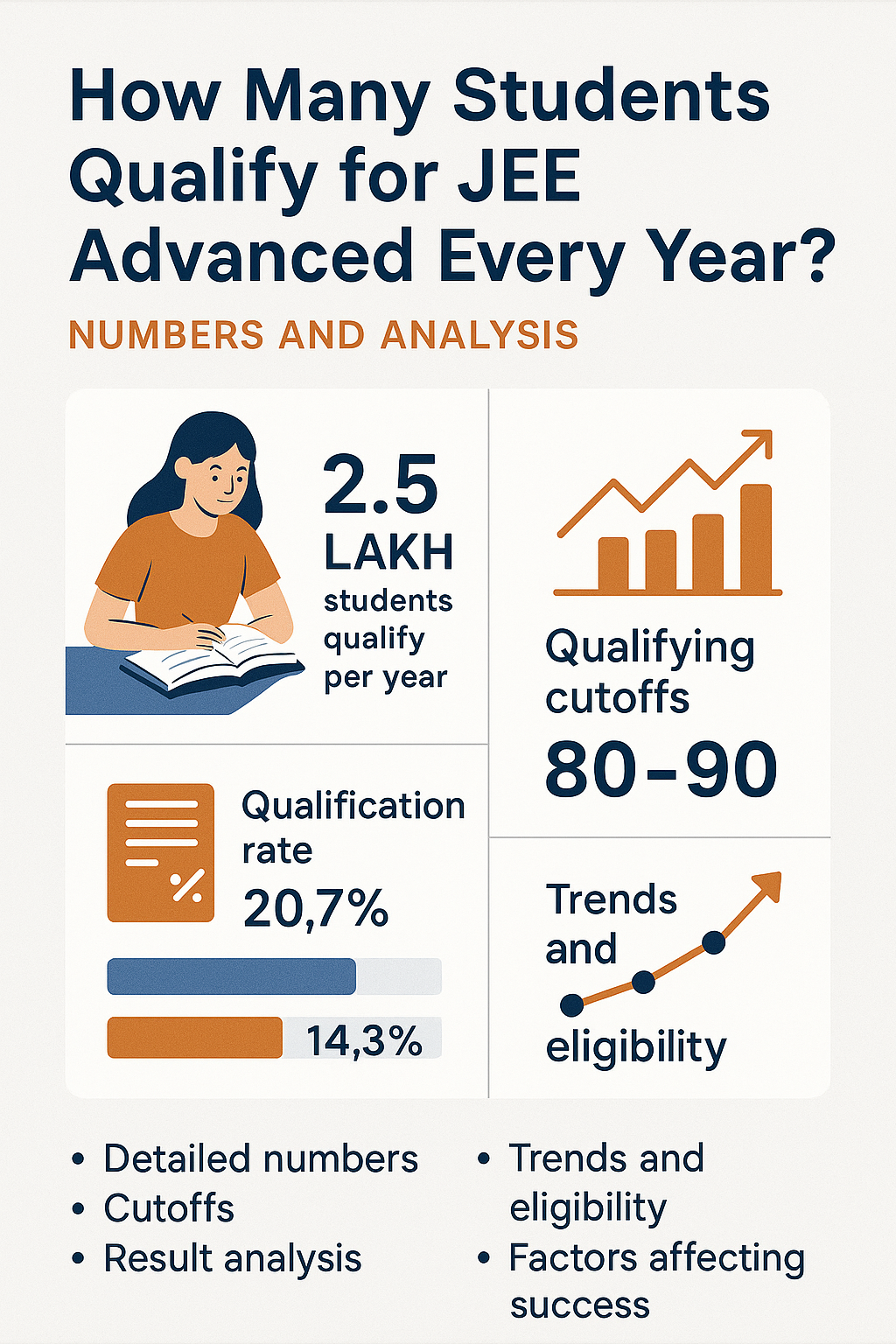
Discover how many students qualify for JEE Advanced every year with detailed numbers, cutoffs, and result analysis....

Stay updated with the latest JEE Advanced news. Get details on exam dates, registration process, results, and...
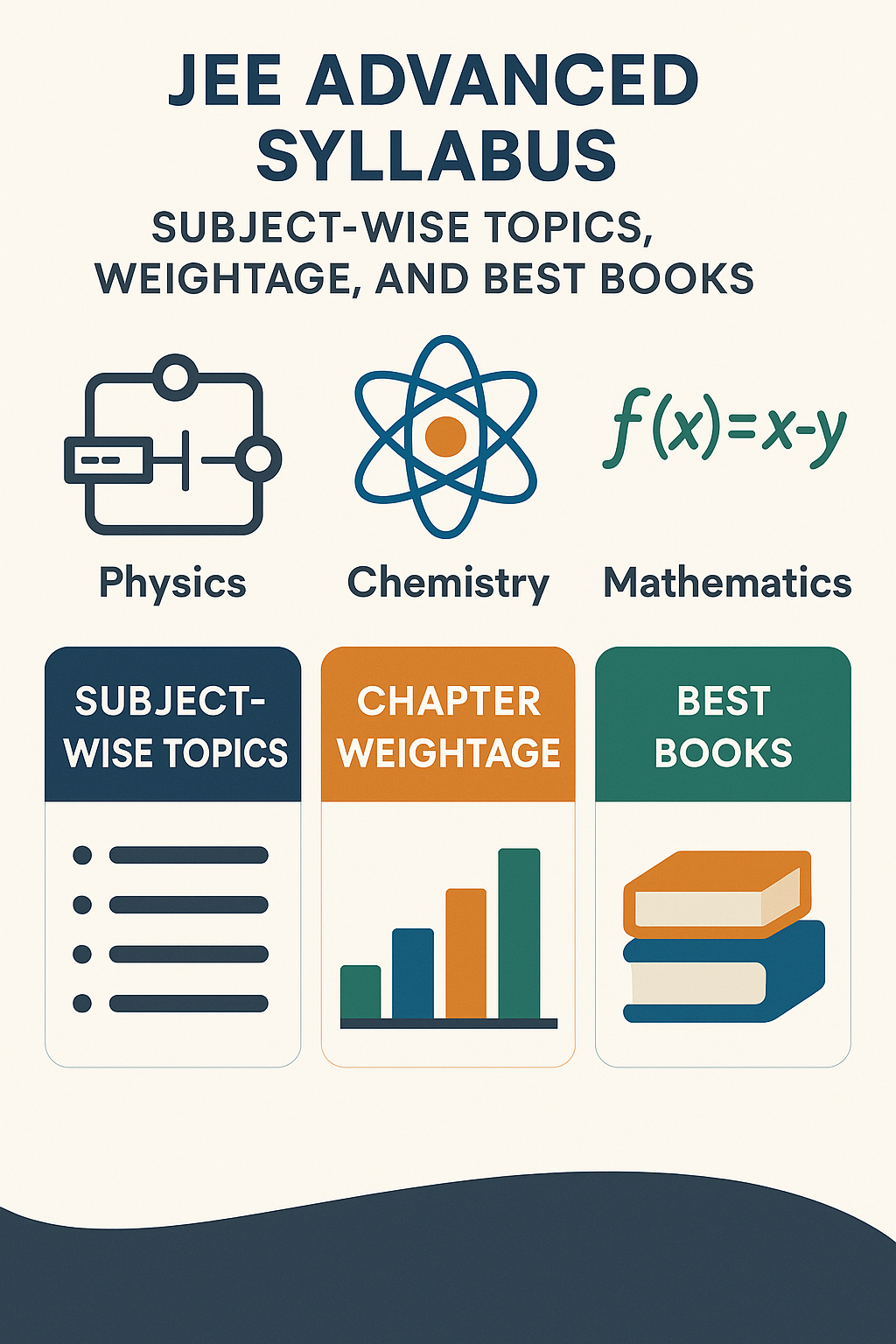
Explore the complete JEE Advanced syllabus with subject-wise topics, chapter weightage, and best books for Physics,...
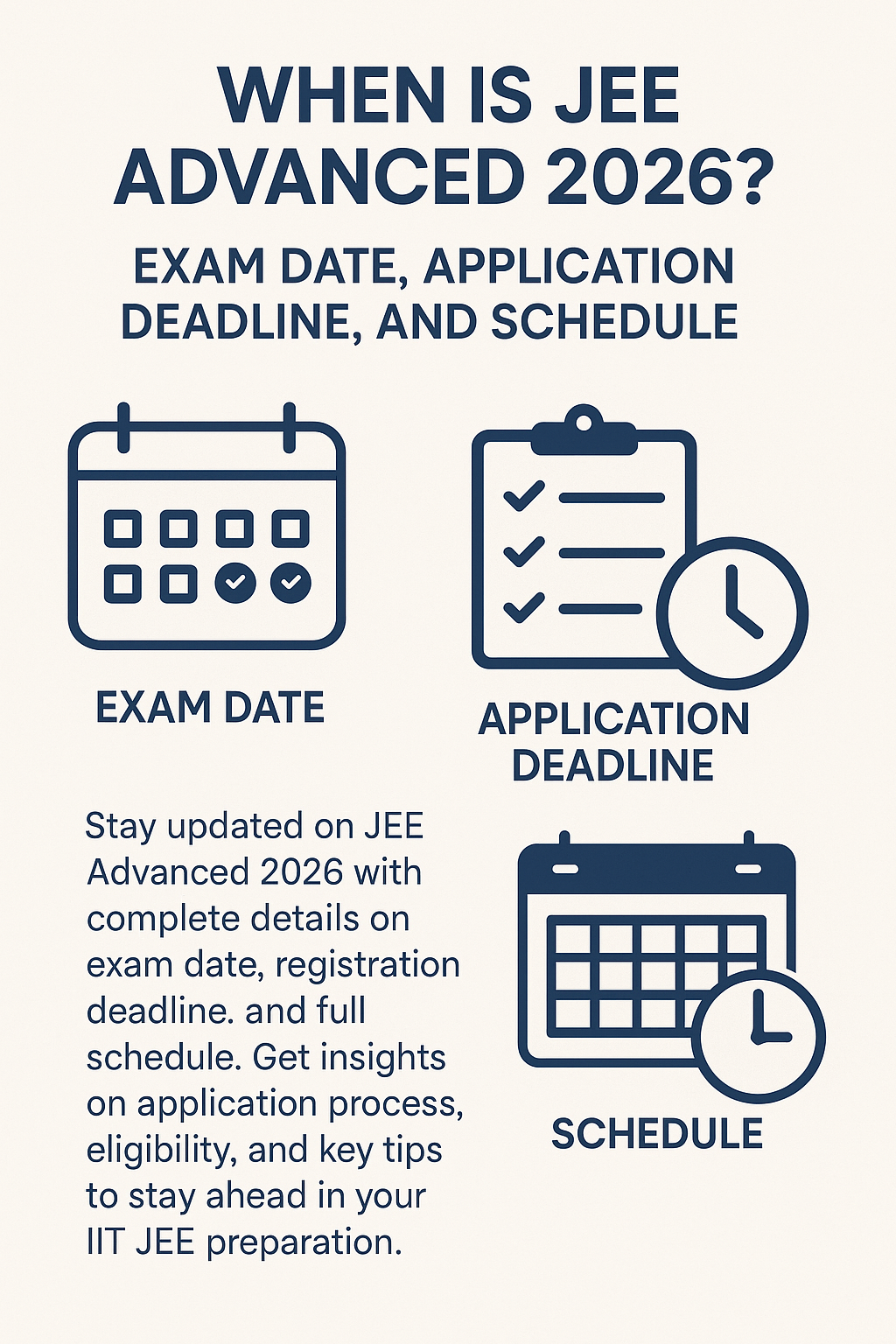
Stay updated on JEE Advanced 2026 with complete details on exam date, registration deadline, and full schedule. Get...
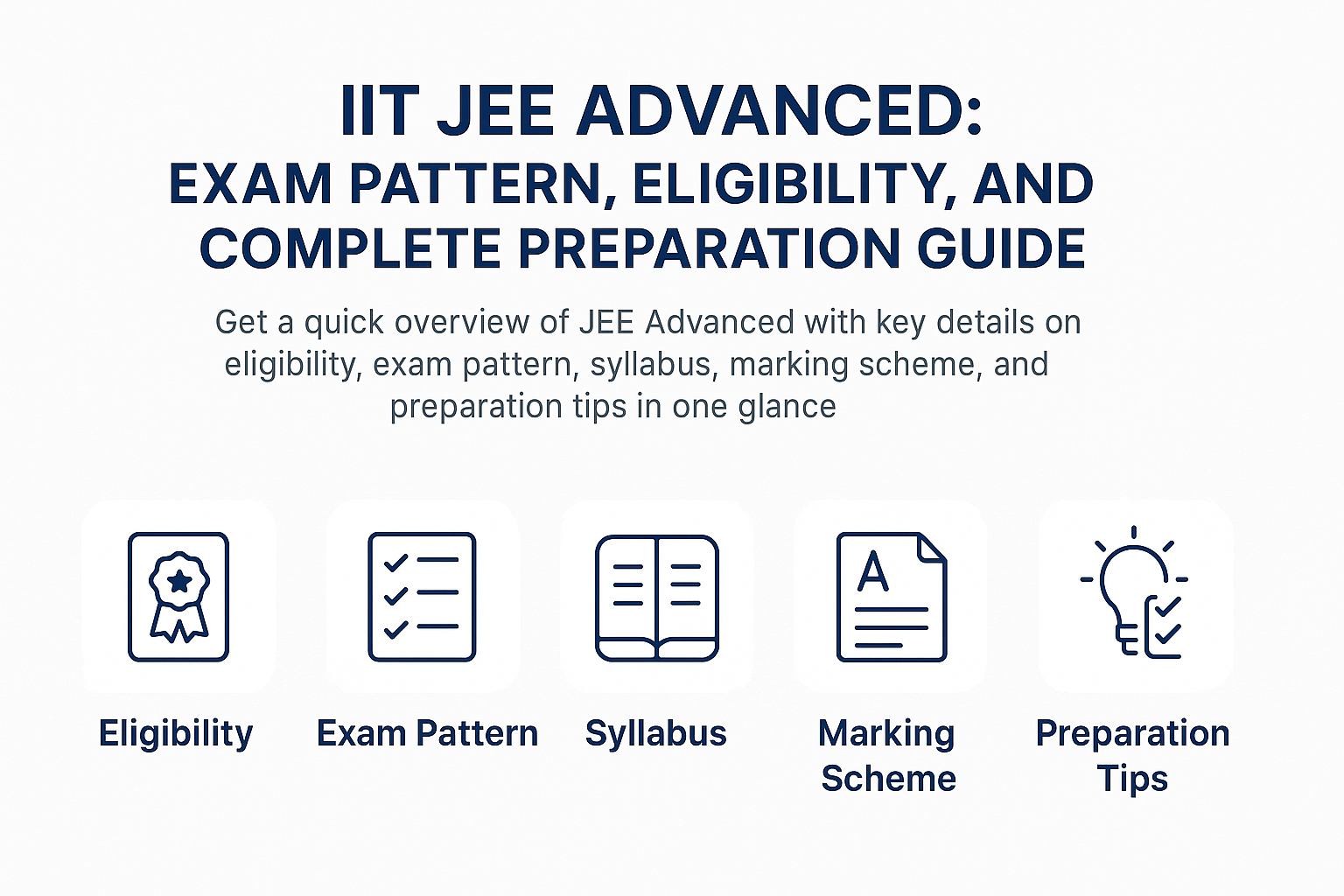
Get a quick overview of JEE Advanced with key details on eligibility, exam pattern, syllabus, marking scheme, and...
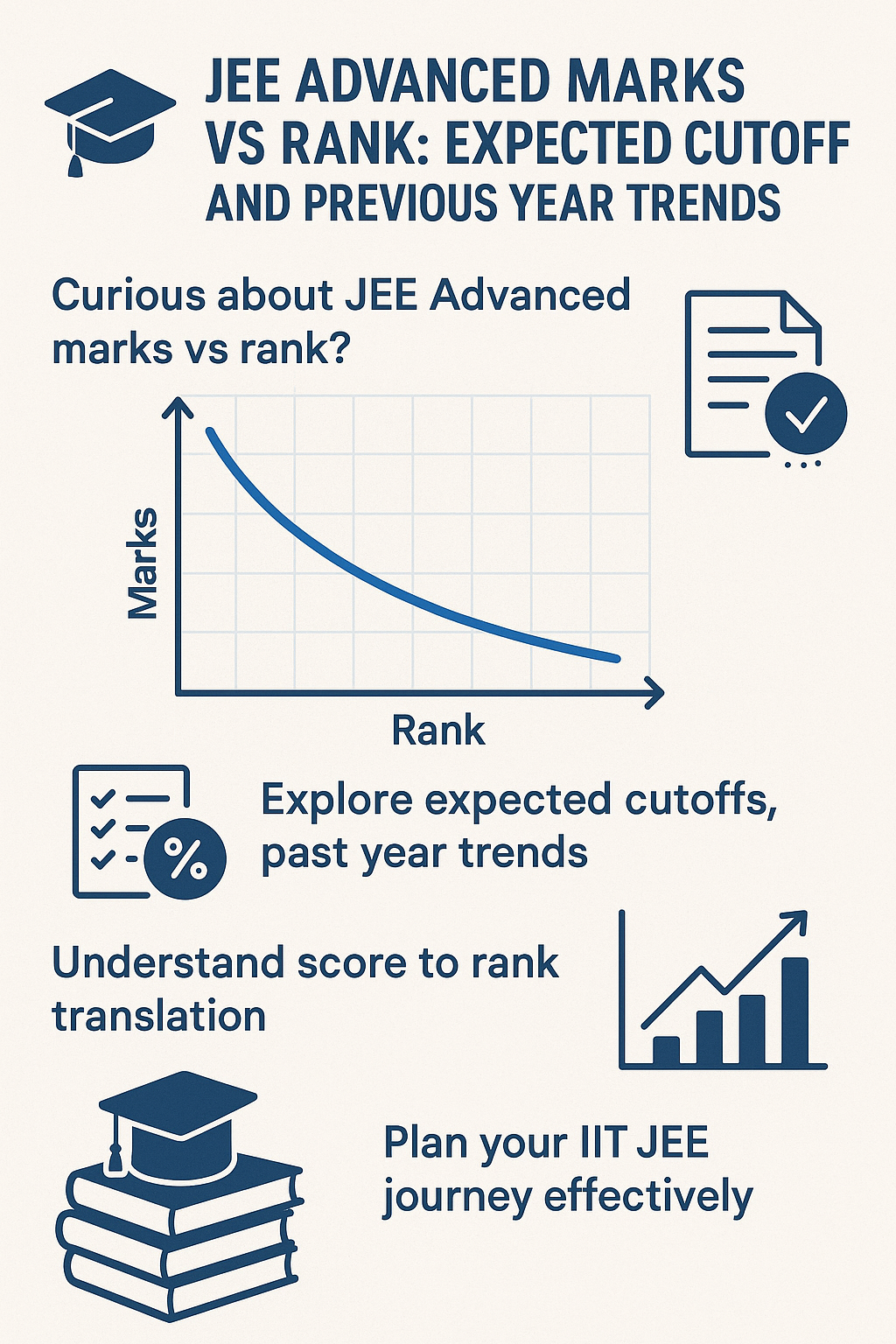
Curious about JEE Advanced marks vs rank? Explore expected cutoffs, past year trends, and how your score translates...
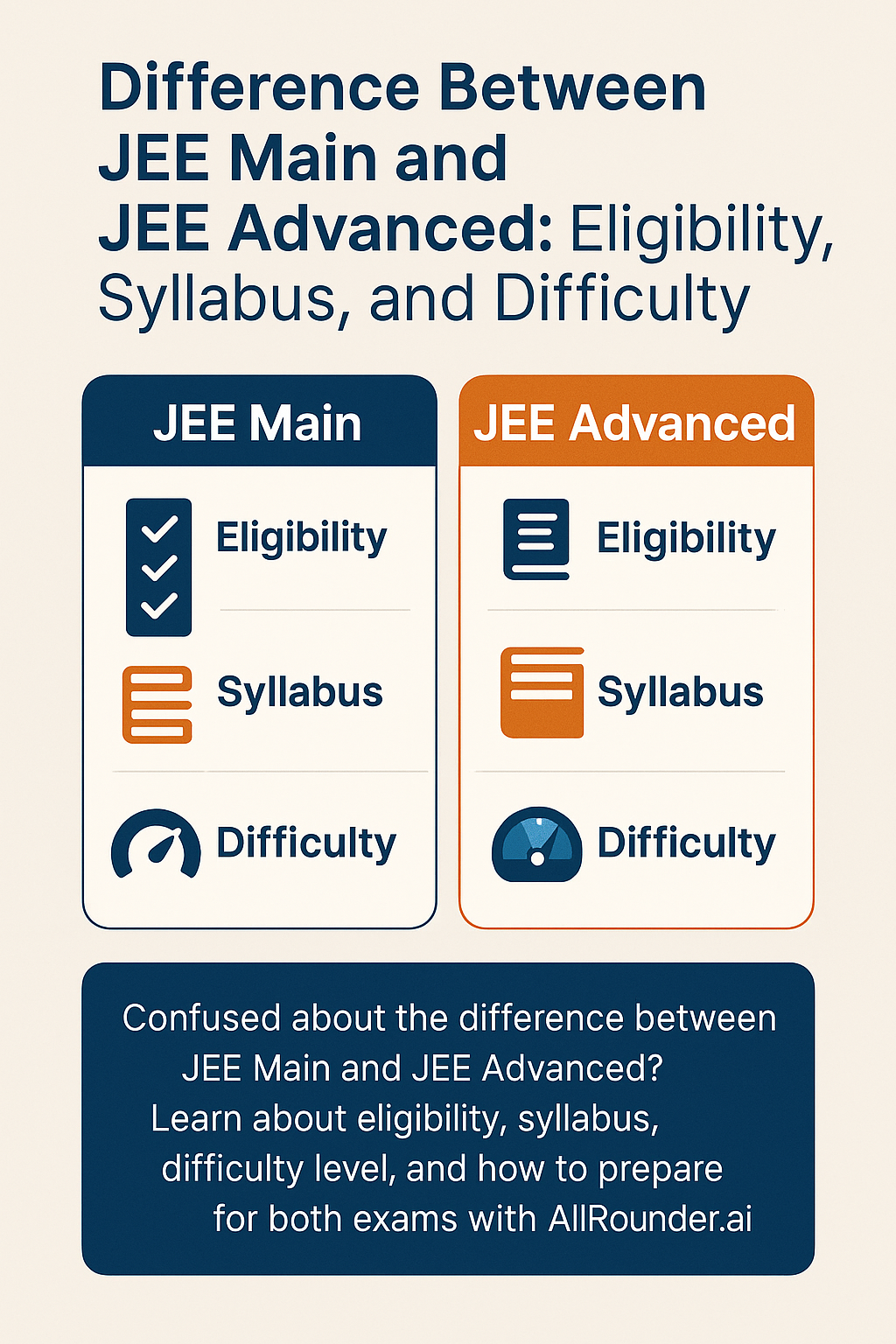
Confused about the difference between JEE Main and JEE Advanced? Learn about eligibility, syllabus, difficulty...
Resources
-
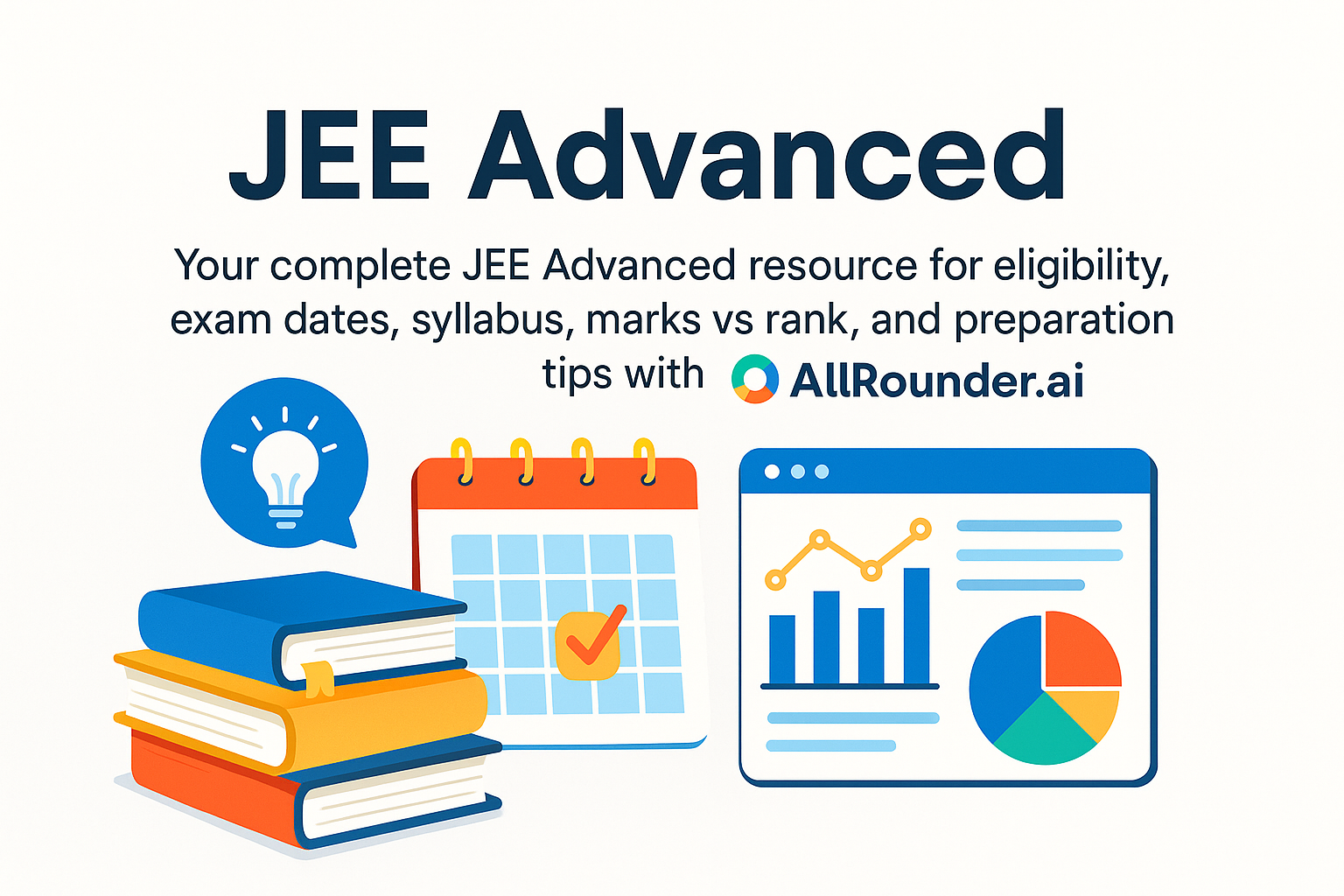
Your complete JEE Advanced resource for eligibility, exam dates, syllabus, marks vs rank, and...
-
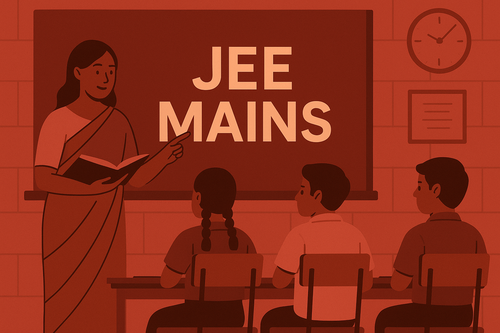
Understand the entire JEE Main process, from application and eligibility rules to the exam...
-

Explore the IB Board – a global curriculum emphasizing holistic, student-centered learning...
-

Learn about CBSE – India’s national school board offering a standardized curriculum, NCERT...
-

Explore everything about the ICSE board – its curriculum, subjects, exam format, and academic...

